The reference design for this USB-C chip recommends capacitors to ground between 200 and 600pF on the CCx lines. I have never seen a capacitor to ground on a digital signaling line. Does anyone know what these might be for? Other similar chips also seem to include them.
-
1How about a link to the data sheets for both devices? In fact how about you reading them and seeing if they answer your question? – Andy aka Jul 27 '17 at 09:39
-
10That's a rather presumptuous and frankly rude reply Andy aka. What makes you think I haven't read the datasheet? – mhz Jul 27 '17 at 11:07
-
I guess the data sheet links would prove that or not. – Andy aka Jul 27 '17 at 11:33
-
Google it yourself. It's the second link down. If you actually cared about helping you could have done it in less time than you wrote these two comments. – mhz Jul 27 '17 at 20:46
-
6Heatedness aside, on this site it's a courtesy to include datasheet links in the body of the question. – Adam Lawrence Jul 27 '17 at 20:48
-
3Thank you for that Adam. Responses like Andy aka's above are the main reason I often stop using this site. Then I come back and remember why I don't use it. I'll add a link. – mhz Jul 27 '17 at 20:54
-
3To add to that, posting this question was in no way a request for other people unfamiliar with USB-C to read the datasheet for me and speculate. The hope (why isn't this obvious) is that someone that is more of a USB-C expert than I am already knows the answer and is willing to take a moment to share it for everyone's benefit. – mhz Jul 27 '17 at 21:23
-
1Hopefully ali-chen will chime in with a useful response to this interesting question. – pericynthion Jul 28 '17 at 04:12
2 Answers
The Power Delivery protocol uses slow, 300 kbps signaling rate, with edges limited to 300 ns. And the driver uses 50 Ohm impedance. With 400 pF load the time constant of this network is just 20 ns, so the cap doesn't have any effect on PD digital communication. Yet the CC pins are multi-functional, so smoothing the signal a bit doesn't hurt. In fact, the BMC PD receiver does require the 200-600 pF cap per PD specifications, see Table 5-19. Note that the old (faster) BFSK signaling mode is depreciated in PD 3.0 Specifications.
- 38,845
- 3
- 38
- 103
The capacitors seem smaller ESR, so this caps mainly used to remove high frequency noise in the data lines. If the data/clock pin requires very strict data, then we can go for placing capacitor. And also this caps may be placed for power reservoir. Please let us know some details about the CCx pins, So that we can have even specific reason.
- 15
- 1
-
Thanks for your response sreenivas. The CCx pins are multipurpose. They are at times tied to pullups or pull downs, connected to comparators, or used as digital io. I've added an image showing a block diagram for the CCx pin internals. Your theory makes sense though I'm not accustomed to seeing this requirement on digital io, my hunch is there's another reason. – mhz Jul 27 '17 at 20:41
-

